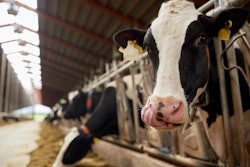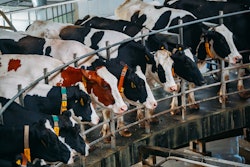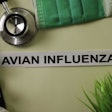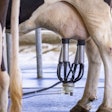
Genetic sequencing revealed that a fatal H5N1 case in a child from Durango, Mexico belonged to the D1.1 genotype, which has been linked to serious infections in the U.S. and Canada.
According to an outbreak notice from the World Health Organization (WHO), the three-year-old girl became ill on March 7 and died from respiratory complications on April 8 due to respiratory complications.
Contract tracing of 91 people has so far been unable to identify the source of the infection. The infected child has no prior medical conditions, no history of recent travel and had not received the seasonal influenza vaccine.
This is the second documented case of human infection with avian influenza H5N1 and the first to be confirmed as H5N1.
Risk of transmission to the generation population remains low, although individuals with occupational exposure to the virus remain at moderate risk of infection, the report concluded.
D1.1 genotype of HPAI
Genotype D1.1 represents the predominant genotype in the North American flyways last fall and this winter and has been identified in wild birds, mammals and spillovers into domestic poultry.
However, on January 31, 2025, the U.S. Department of Agriculture (USDA) Animal and Plant Health Inspection Service’s (APHIS) National Veterinary Services Laboratories (NVSL) detected the D1.1 genotype of H5N1 in dairy cattle through whole genome sequencing. Before that point, all H5N1 cases in dairy cattle were identified as the genotype B3.13.
In addition, while there have been 67 cases of H5N1 reported in people in the U.S., the D1.1 genotype was confirmed in only one person so far. That case, confirmed in a person residing in Louisiana, was likely caused by exposure to sick and dead birds in backyard flocks.
View our continuing coverage of the global avian influenza situation.
To learn more about HPAI cases in commercial poultry flocks in the United States, Mexico and Canada, see an interactive map on WATTPoultry.com.
















